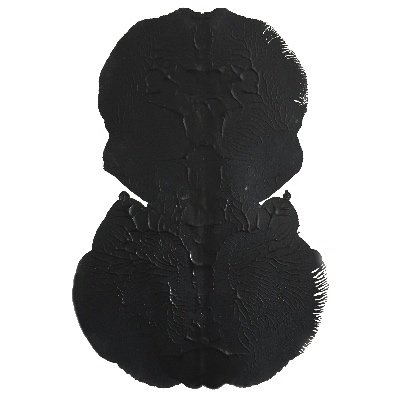The Violin Music of East Germany Part VI: Ottmar Gerster
This month, the spotlight is on composer Ottmar Gerster, another composer who is difficult to learn much about these days beyond Wikipedia. This is a relatively short post BUT I’m excited to share a rough recording of myself playing a movement of his violin trio.
About
Ottmar Gerster was born on the 29thof June, 1897 in Braunfels, Germany and died August 31, 1969 in Borsdorf (near Leipzig). He was a German viola player, conductor and composer.
His mother was a pianist and so he learned piano and also violin from an early age. In 1913 he moved to Frankfurt/Main to study violin with Ferdinand Kaufmann and music theory with Bernhard Sekles.
Between 1916 and 1918 his music education was interrupted when he was called up for military service. He completed his music studies in 1920 and began working with the Frankfurt Symphony Orchestra in 1921. Initially, he was the Concertmaster and then between 1923 and 1927 he was the solo viola player. During the 1920s Gerster also joined the labor movement and organized Workers' Choral Groups. In addition, from 1927 till 1947 he taught violin, viola, chamber music, music theory and composition at the Folkwang University of the Arts in Essen.
In January 1933 the NSDAP (Nazi Party) took power and quickly set about creating a one-party state out of Germany. During the ensuing twelve years, Gerster's relationship with the Hitler regime was often collaborative, but at other times problematic. He composed a "Consecration piece" for the regime in 1933 as well as a "battle hymn" for (Nazi) German Christian organization entitled "You should burn," setting a text by Baldur von Schirach. In 1936 there was a popular song entitled "The stranger bride" and a choral song "German airmen". In 1939, he was briefly required to undertake "army service" as a "Road construction soldier".
During the closing period of the war, Hitler included him on the official schedule of "Divinely gifted artists", produced in August/September 1944. This listed more than 1,000 people from the arts establishment who on account of their cultural value should be kept away from involvement in fighting even, as the enemy armies advanced, on the home front. Around this time Gerster returned to Essen where he lived until 1947.
When the war ended, Gerster found himself on the blacklist of the occupying American army but he continued to lecture in Essen till 1947 when he relocated from the British occupation zone to the Soviet occupation zone which was in the process of being transformed into the German Democratic Republic (East Germany). He became a member of the Socialist Unity Party in 1946 and was a distinguished and important composer for the GDR and accepted a professorship in composition and music theory at the Franz Liszt Music Academy in Weimar, where he served as the rector between 1948 and 1951. His composition "Festouvertüre 1948" - a work to commemorate the 100th anniversary of the revolution in 1848 - was one of the most performed pieces in the GDR.In 1950, he was a founding member of the East German Cultural Academy (the central Arts Academy in the GDR. It existed under several different names between 1951 and 1993 when it merged with another art school and became the Academy of Arts, Berlin. In 1951 Gerster left Weimar and took a position at what was then called the Mendelssohn Music Academy (now the University of Music and Theatre) in Leipzig, where he remained until his retirement in 1962.
Between 1951 and 1968 Gerster was also the Chairman of the country's Association of Composers and Musicologists.
Style
Gerster was a relatively traditional composer. He stuck to the framework of conventional extended tonality, often using church music modes, building chord structures on fourths and fifths. His works were mostly classical in their architecture and like many composers at this time, he felt an affinity with folk songs, from which his music sometimes incorporates melodies. There is also a stress on a "hand-crafted" element in his tonality.
Gerster was an early exponent of music for the masses and had no difficulty in accommodating his work to the guidelines of Socialist realism – music and art that portrayed the working lives of the socialist regime as ideal which at least during the early 1950s, was the preferred artistic style of the state. Sometimes his style resembles that of his student contemporary, Paul Hindemith.
Music I’m looking for:
(for someone who is hard to find out about, his violin music was relatively easy to purchase and find online from multiple publishers.
Violin concerto (1939)
String quartet Nr.1 in D (1920/21)
String quartet Nr.2 in C (1954)
String trio op.42 (ca. 1922)
Sonata for Violin and Piano (1950/51) ACQUIRED
Divertimento für Violine und Viola ACQUIRED
Kleine Musik zu Festlichen Tag für drei Violinen (1950) ACQUIRED
Drei musikalische Spielzeuge for violin and piano ACQUIRED
Sources:
https://www.tobias-broeker.de/rare-manuscripts/g-l/gerster-ottmar/
https://en.wikipedia.org/wiki/Ottmar_Gerster


